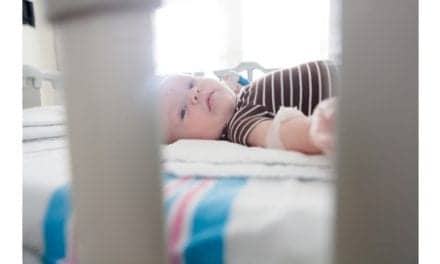Although a high percentage of falls occur outdoors, older adults lack a good understanding of their risks and how to prevent them, a recent study suggests.
A number of studies have been published regarding falls, but their focus has mostly been on those that occur indoors rather than outdoors. However, research shows that 48% of the most recent falls among older adults and up to 72% among middle-aged adults occur outdoors, according to a media release from New York University.
“Despite their frequency, outdoor falls receive little attention when it comes to education and prevention,” said Tracy Chippendale, assistant professor of occupational therapy at NYU Steinhardt School of Culture, Education, and Human Development, in the release.
Chippendale is lead author of a study, published recently in Archives of Gerontology and Geriatrics, the findings of which are being used to develop and pilot an outdoor fall-prevention program that is currently underway in New York City.
In the study, Chippendale’s research team randomly surveyed by phone 120 adults ages 55 and older across the five boroughs of New York City, asking them about their experiences and fall-prevention knowledge.
Among the adults surveyed, 85 people—or 71%—had fallen outdoors in their adult years. Of those who had experienced an outdoor fall, 28 had minor injuries such as scrapes and bruises, 18 had moderate injuries with prolonged pain or soreness, and nine had severe injuries such as fractures, rotator cuff injuries, or injuries requiring stitches or surgery.
The respondents also commonly described having an emotional response to a fall, including fear of falling again or embarrassment, which may affect one’s willingness to disclose a fall or seek medical attention.
Causes of their falls included environmental factors, such as objects (eg, metal post, branch, stones), surface conditions (eg, slippery or uneven), and stairs, particularly at entranceways; exercising or walking a dog; wearing ill-fitting or inappropriate shoes; not paying attention; or walking too fast, per the release.
Contributing factors to their falls included rushing on an icy surfaces or being distracted on an uneven surface.
Overall, the survey revealed a number of unmet education and training needs. These included the importance of wearing single-vision glasses and proper footwear, and the risks associated with recreation areas and parking lots or garages.
Fall-prevention strategies revealed from the survey included safety during routine activities such as carrying items on uneven surfaces, going up and down stairs, and opening or closing doors; and education around safe outdoor walking strategies.
“Programs to prevent outdoor falls should include information on outdoor fall risks, action planning for the adoption of prevention behaviors, and training in safe performance of everyday activities,” Chippendale concludes, in the release.
[Source(s): New York University, Science Daily]





